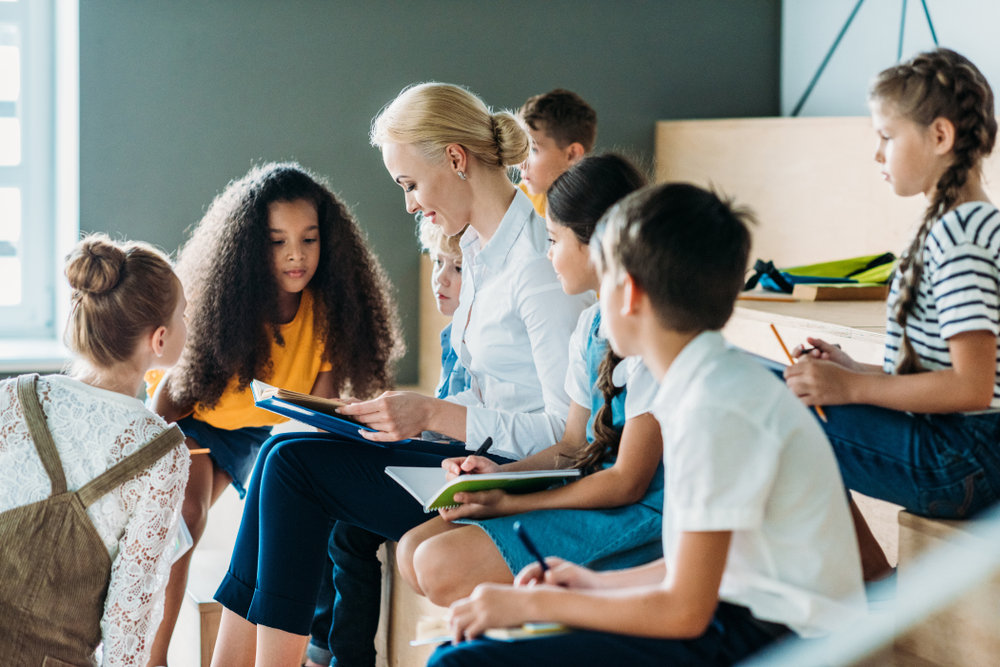Social learning theory claims that people learn new things by observing others. While this may seem like common sense, it’s only just starting to be put to practical use. Social learning theory is perhaps most useful — and successful! — as a pedagogical method. Social learning class plans can reach students of all learning styles, enriching the classroom experience and improving outcomes for all.
Flip the Classroom
Social learning requires students to pay attention. That’s a hard task for some students in traditional classrooms. However, the flipped classroom method allows students to do most of their lesson-based learning at home. Then, teachers dedicate class time to discussions. This method results in deeper student engagement with and understanding of the material.
Try Peer Teaching
Peer teaching goes hand-in-hand with flipped classrooms because it involves class discussions. A student’s attention can easily wander during a teacher’s lecture. Peer-to-peer teaching allows students to talk about the subject together, thus letting them retain information more easily.
Reward Participating Students
Rewarding students for different actions in class is a great way to get them to participate. It also encourages shy students to speak out. Younger students could be rewarded with a treat, like candy or stickers, and older students could be rewarded with bonus points on future tests.
Get Students to Work Together
Involving students in group projects not only gives them a different learning experience, it teaches vital teamwork skills. Learning how to identify and solve problems as a group prepares them for their careers down the road.
Let Students Monitor Their Own Progress
Setting goals is an important part of anyone’s life. Making personal goal-setting a regular activity for students will help them develop healthy routines. Optimally, they’ll soon learn to monitor their own progress and adjust their goals accordingly.
Text by Nick Adrian


